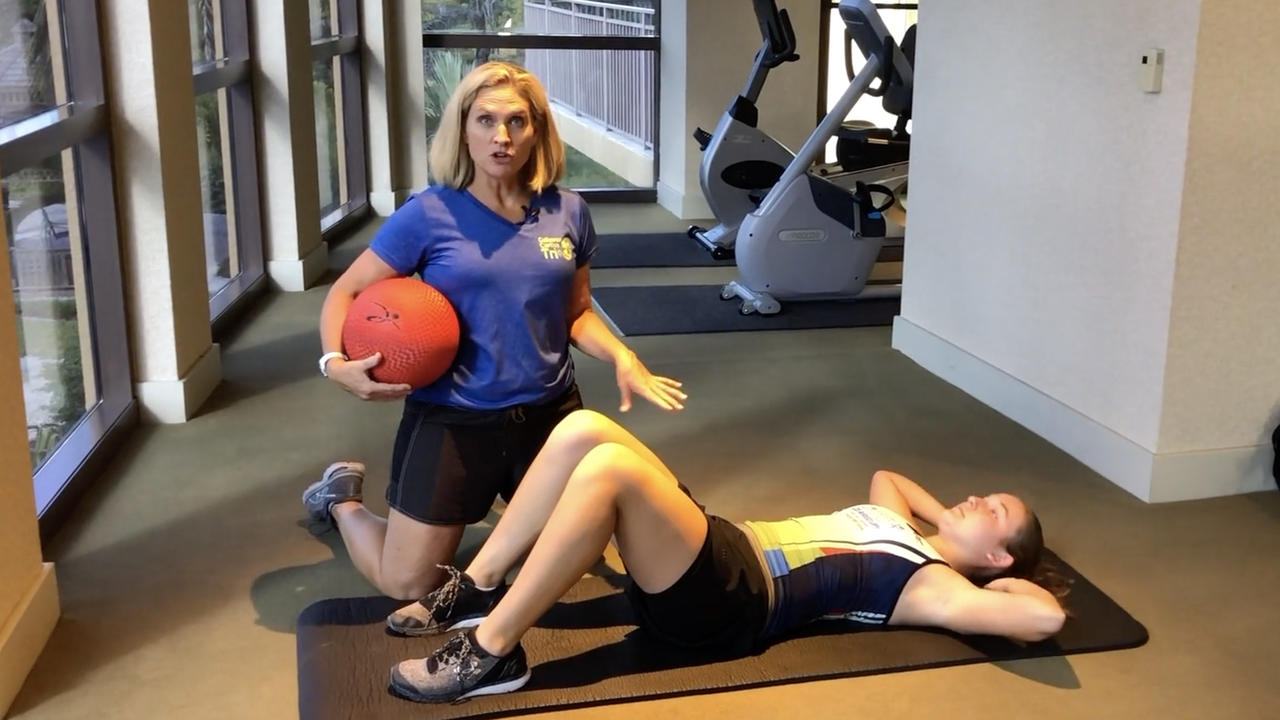Managing Disc Injuries with Healthy Exercise

Sitting at my desk, researching this article, I come across so much information about disc (spine) injuries.
It seems that ‘Google’ is extremely good at defining what a disc herniation is, how it happens and when to go to a doctor, but not so good at providing helpful information regarding management of the injury.
Most of the websites veer towards recommendations of bed rest, NSAIDS (anti-inflammatory drugs) and cortisone injections, with a visit to your GP if pain persists.
In a nutshell, rest and drugs.
There are very few sites that encourage people to seek some hands-on treatment, and even fewer that provide any information about specific exercise programs for disc injuries.
Let’s change that by focusing on some preventative exercises you can add to any existing program.
However, if you currently have a disc injury, remember to always consult a health care professional (doctor or physical therapist) for diagnosis and advice prior to starting an exercise program.
First, practice correct breathing techniques:
After experiencing low back pain, many people change their breathing patterns. Instead of using their diaphragm they tend to hold their breath and breathe apically (shallow breaths) using their accessory muscles for breathing or neck muscles.
If you are not using the diaphragm, your core muscles and pelvic floor muscles will not be functioning properly and the likelihood of low back pain can be increased through increased abdominal pressures.
So, before any strength training begins, practice breathing techniques such as belly breathing in upright standing or supine lying positions to minimize load on the lumbar discs.
Next, strengthen the core and pelvic floor:
With disc injuries, core exercises in a supine (lying face up) or prone (lying face down) position with a focus on keeping the spinal neutral is ideal. Supine core exercises that avoid spinal flexion (and thereby reduce disc pressure) include knee lifts, knee drops, leg slides, alternate arm and leg slides and the pelvic bridge.
Core exercise in prone should also be included.
Prone flutter, 4-point hand and leg extensions (bird dogs), and plank positions with arm and leg movements can all be appropriate. Focus on breathing, activating the core and keeping the spine in a neutral position.
Next, add pelvic stability strengthening exercises:
Once core and pelvic floor exercises have been mastered, it is time to incorporate more muscular strengthening and pelvic stability exercises.
Take special care to maintain a neutral spine throughout each exercise.
Good stability exercises with a neutral spine include; a standing lat pull down to replace seated lat pull down, wall squats vs. a leg press machine, planks to replace sit ups, lunges to replace deadlifts, and standing cable rows to replace seated rows.
Finally, maintain mobility and range of motion with care.
Disc injuries seem to become aggravated with end range rotation or when we stretch to the furthest point possible. Practice gentle stretching and range of motion exercises instead.
If you enjoyed this blog post, you'll really enjoy our CORE, CORRECTIVE & STRENGTH online training library (smartphone & tablet compatible, too!), which is part of our new Monthly Membership program helping & supporting you toward living your best life!
Our Geared Up v2.0 theme for you is "Health, Wellness & Fitness in a Multi-Sport Lifestyle". Find out all of the ways we can support you through our Membership programs here.
Let's go on this journey together and change your life as always, “Practice with Purpose and Live with Passion!”
Angie

